Report this entry
More from the same community-collection
Manuel Acosta (1921-1989) - El Paso, Texas
The painter, sculptor and illustrator Manuel Gregorio Acosta was ...
Franklin Mountain covered with snow, January 2015
I shot this image on January 24, 2015. It was two days after a ...
First Wall of Giants dedicated to Don Haskins and his team
El Paso's First Wall of Giants dedicated to Don Haskins and the ...
Design by Victor Mireles, Photos EP History Museum
El Paso's First Wall of Giants dedicated to Don Haskins and the ...
Display case with memorabilia. Mary Haskins & Joe Gomez
Display case with memorabilia. Credit: Mary Haskins and Joe ...
The Bear - nickname given to Don Haskins
The Bear - a nickname given to Don Haskins because of his ...
Mary Haskins wife of Don Haskins speaks - EL Paso, Texas
Mary Haskins wife of Don Haskins speaks during El Paso Museum of ...
First Wall of Giants - Official unveiling
Official unveiling of El Paso's "First Wall Of Giants" dedicated ...
Mary Haskins Dances To Remember During the Reception
Dance to remember during the reception for El Paso's " First ...
UTEP Centennial Weekend - El Paso, Texas
Celebrating UTEP"s Centennial Weekend with Tim Floyd and Nolan ...

















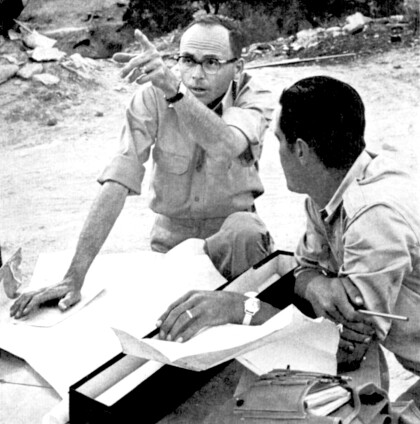
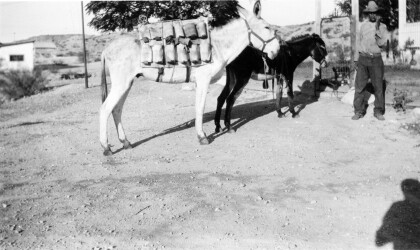
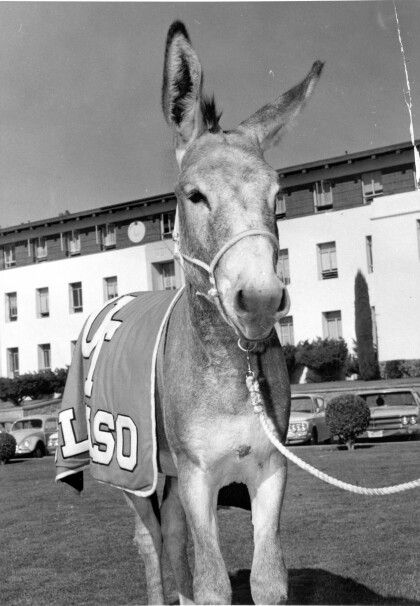
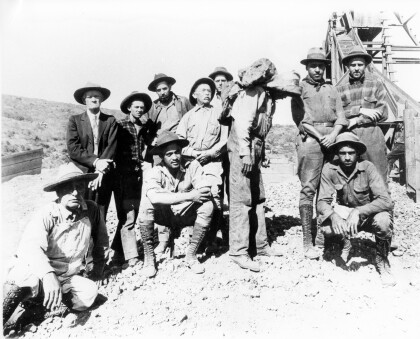
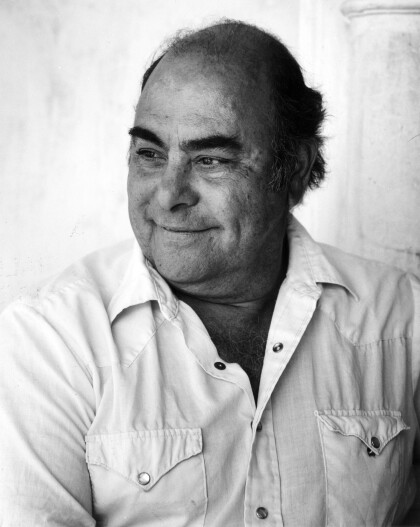
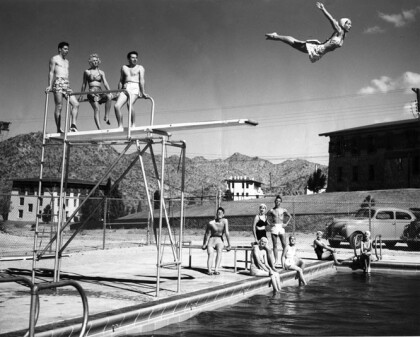
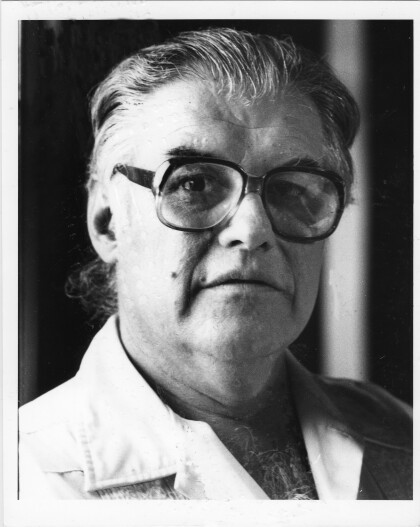
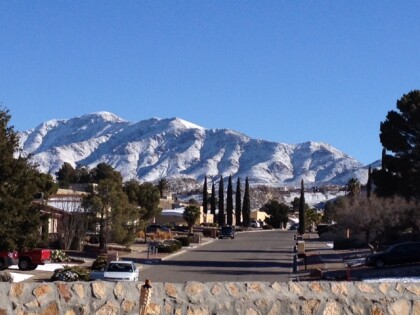

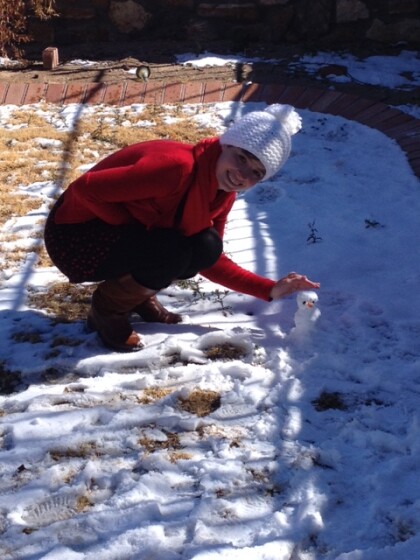



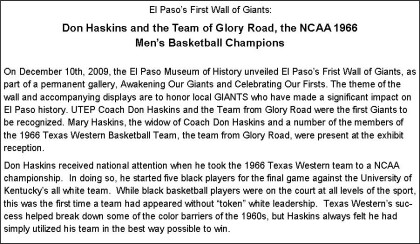
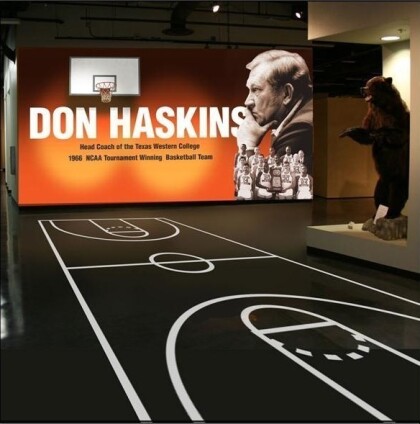
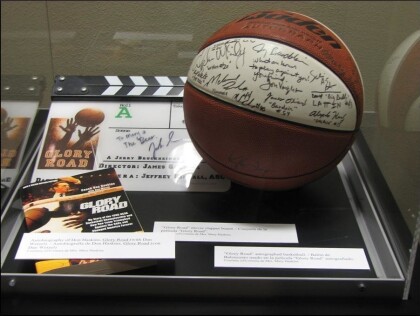
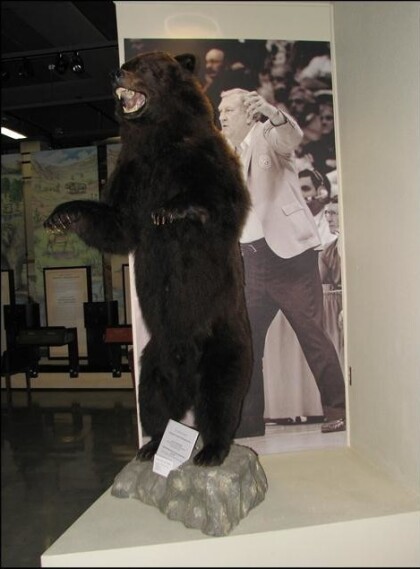
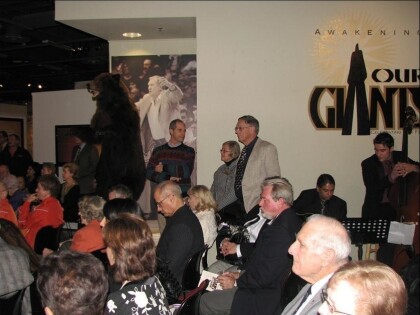
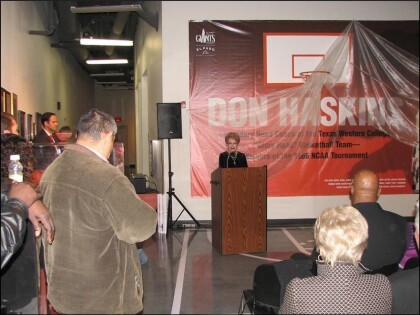
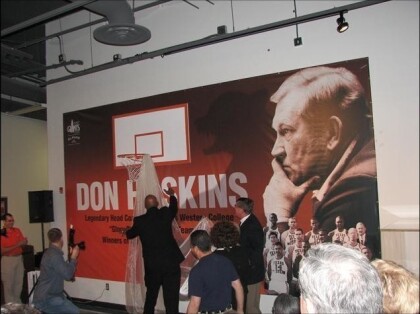
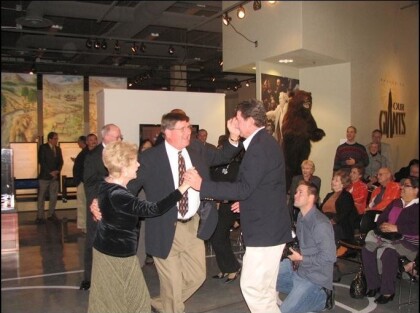
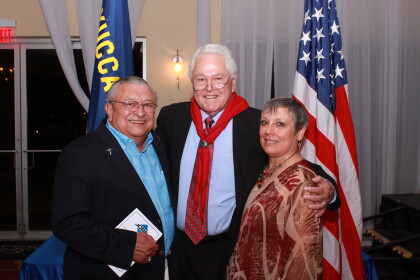
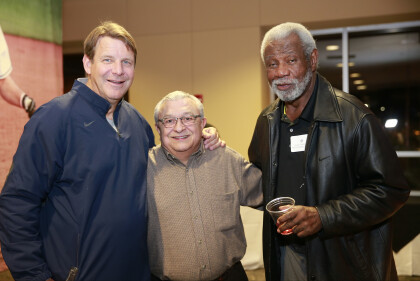
Comments
Add a comment